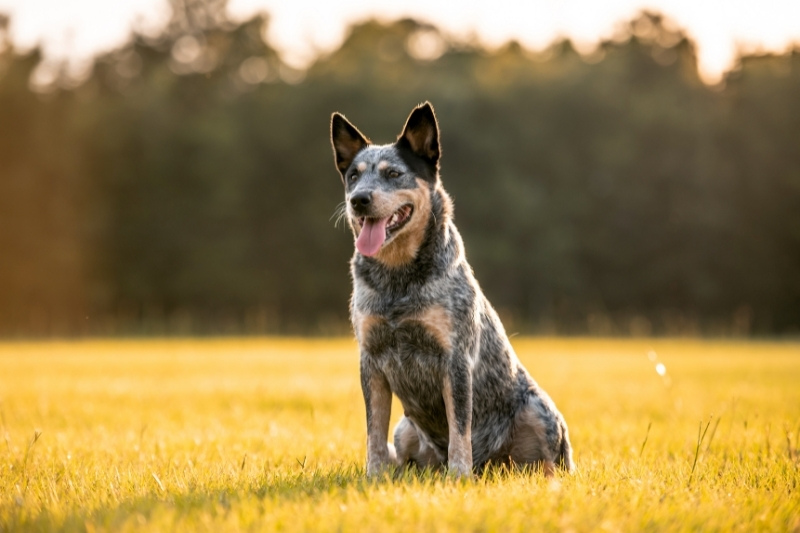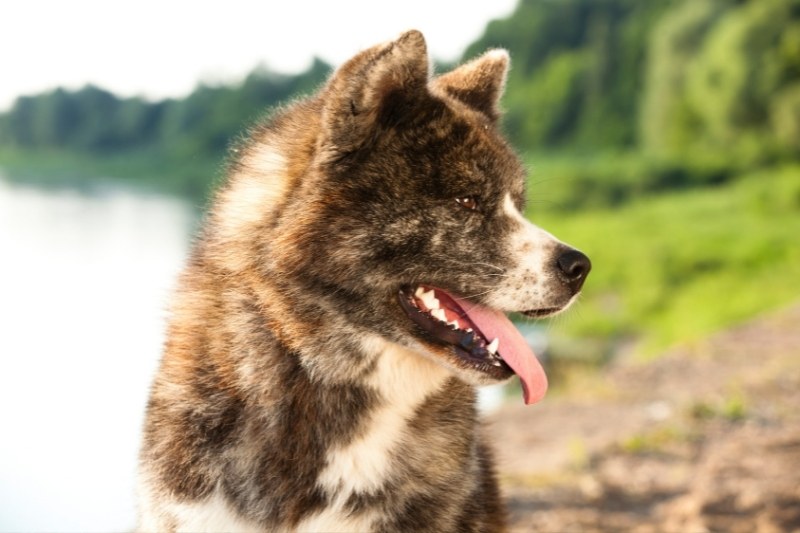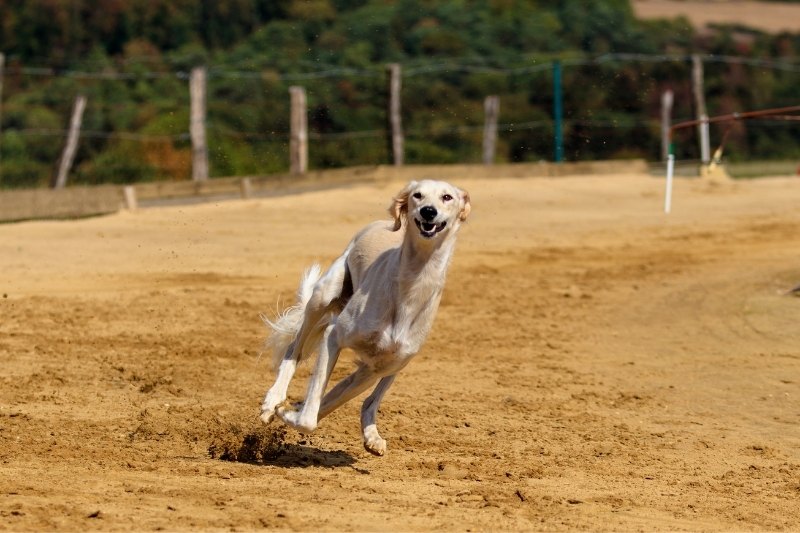Do Blue Heelers Shed?

Australian cattle dogs, also known as blue heelers, are a popular breed for casual and experienced pet owners alike.
But, managing the shedding that comes with these beautiful pets can be a hassle if you're not ready for it.
How bad does a Blue Heeler shed?
A typical Australian cattle dog, or blue heeler, sheds a moderate amount throughout the year. However, their shedding becomes more frequent during shedding season, in which the blue heeler dogs shed their undercoat twice a year.
Despite the mess their excess fur may cause, the process is normal and healthy. For instance, your furry friend may be shedding their thicker coats in the spring to prepare for the hot months to come.
Do Blue Heelers have hair or fur?
Additionally, the Australian cattle dogs' majestic coat plays a role when they shed. Pure-bred Australian cattle dogs (those that meet the American Kennel Club's breed standards) have fur that falls off and sheds, differing from good family pets with hair that owners must trim. So, blue heelers shed rather than grow long hair like other breeds (think Poodles, for instance).
Furthermore, Blue heelers are considered double-coated dogs, meaning that they have smooth and double layer fur coats; the closest layer, or undercoat, tends to be finer and softer.
The double coat helps keep dogs like blue heelers warm and safe, which herding dogs have historically needed to perform their duties. But while the thick coat may serve a practical purpose, it can be a nightmare for modern pet owners, particularly if you plan to keep your dog indoors most of the time.
Fortunately, learning how to take care of fur while reducing shedding and limiting the spread of excess hair and pet dander can make a huge difference.
Much of the excessive shedding can be negated with good hygiene practices, regular grooming, and a healthy lifestyle. You may also break out the vacuum more often, but anything is worth it for your lovable companion.
How to control Blue Heeler shedding?
Also, whether you have allergies, other pets, or simply want to keep the amount of extra pet hair at your home to a minimum, there are a few key ways that make the process easier, keeping your furry friend healthy and happy.
Regularly brush your Blue Heeler
Something that's not just important but critical for double-coated dog breeds like blue heelers is regular brushing. Brushing your pet loosens up fur ready to shed, catches excess shedding, and even distributes dog's skin oil throughout their coat.
Just like frequently brushing your hair keeps it shiny and healthy, frequent grooming of your blue heeler keeps their coat in tip-top shape while helping you control how many stray hairs you find at home.
Commit to frequent bathing
Sudsing up doesn't just keep your blue heeler from getting stinky; it also gives you another chance to loosen and wash away extra hairs that would otherwise end up in the air or on your furniture.
Regular baths also help promote healthy skin and a strong, moisturized coat, which helps your dog's fur break and shed less.
Most experts recommend you bathe your furry friend every 4-6 weeks, or more frequently if they begin to smell or appear visibly dirty.
Be sure not to bathe your dog too frequently, as it can dry out their coat and skin. If you'd like the baths to be more effective, consider investing in dog shampoo or other grooming products designed for blue heelers and other dogs who shed heavily.
Invest in a quality diet
You are what you eat, and so is your blue heeler! Feeding your pet a high-quality diet promotes a healthy body, skin, and hair. In turn, your dog's fur can remain strong and healthy, thus shedding and breaking off at a lower rate.
Shedding aside, investing in good dog food is worthwhile. Keeping your dog's coat healthy often comes with keeping your furry friend's physical health at its best.
Be prepared for shedding season
Blue heelers go through a shedding season twice a year: once to shed their winter coat; then again for their summer coat. A blue heeler sheds their undercoat during this time in just a few weeks.
That means, of course, a spike in the excess and loose fur your dog sheds. The amount of hair you manage during these times may be double or even triple what you're used to, so try planning and understanding changes that need to be made to your routine.
Many dog owners find that more frequent cleaning, brushing, and bathing are necessary during a shedding season.
Wrapping up
While blue heelers may shed frequently, it's possible to handle their excess hair, especially if you're ready to commit to a regular grooming routine.
These lovable furry friends are great working dogs, and they can be great family dogs, too. Their bright and resilient personality makes them an excellent match for myriad households. A blue heeler can fit right into yours with some time and care, making for a good family dog.

Siobhan Brier is an animal and dog lover who will rudely interrupt conversations to point out cute dogs in public when necessary. She works as a content writer and co-owner of a small content writing agency in English, Spanish, and Portuguese called Inkless. As an online worker she travels internationally, and she is currently based in Mexico. She loves reading and writing, and she recently finished a novel based on her time living on the remote Galapagos Islands, a place known for its plentiful, endemic wildlife population!









